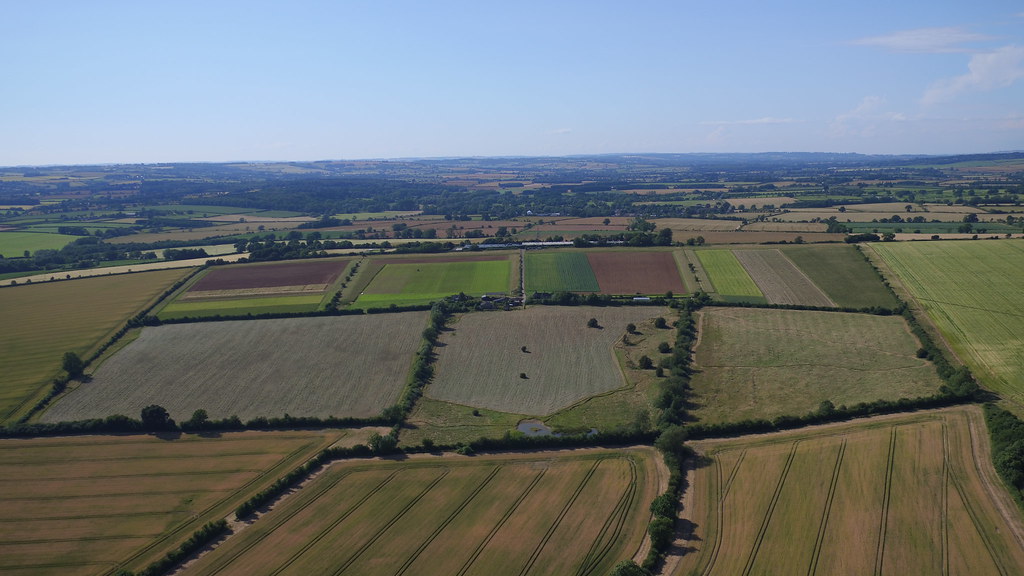Managing a Ley with Electric Fencing and Mob Grazing
We have now planned out a new crop rotation on our arable land, dividing the area into an eight year rotation.For the first four of these years, the land will be given over to leys, so our first job this spring with the ley (a fertility building herbal ley) has been to fence the eight acre field for mob (cell) grazing.
The benefits of mob grazing are that it prevents livestock repeatedly seeking a favourite spot and severely trampling the soil as well as concentrating manure, to get high levels of manure returned to the soil across the field.
We also find that when grazing diverse swards, if allowed to choose, livestock will continually preferentially graze the most delicate, tasty species. If these species are not allowed a break to regrow, they may be grazed out of the sward, lowering the overall diversity. This is the opposite intention for our diverse fertility building ley.
We’ve chosen electric fencing which is a cheaper, more effective, and very versatile way of containing livestock in any shape or size area. It is designed as a psychological barrier which sheep and cattle fear to cross, rather than a purely physical one. Portable electric fencing gear also allows for subdivision of pastures, mimicking wild migration patterns where predators keep herds bunched together and migrating as a group.
We are using a semi permanent outside fence with portable electric fencing to make strips inside for maximum flexibility. The benefit of using a portable electric fence inside a permanent electric fence grid is that the portable wires allow you to change the size of the paddocks over the course of the grazing season as the grass growth speeds up, slows down, or becomes dormant.
Considerations when planning an electric fencing grid include taking into account the variation in conductivity in different portable wire products. In order to contain cattle you need to maintain at least 2,000 volts on the fence, but because of their wool insulation, sheep need 2,500 volts to be deterred from crossing. Since most polywire and polytape fall below 1,000 volts in less than 500 yards, steel wire is the best option, capable of carrying current much farther, with only a 2,000 to 2,500 volt drop per 1,000 yards of fence line.
It’s also important to make sure that plants are not touching the wire, otherwise the electricity will go to earth rather than to the animal, so we used our flail mower to mow a strip a couple of metres wide prior to staking.
We underestimated the time it took to fence the 800m perimeter of the field and divide it into four strips, one for each year. It ended up being a two man job lasting a whole day. We also had a hitch with the energizer. I’d not used one before and given it was a solar powered fence, I didn’t realise that it also needed a battery for the solar energy to charge.
However once we’d sorted that out, it was hugely satisfying to bring thirty ewes and sixty lambs from Nigel and Ed Adam’s farm and watch them emerge from the livestock trailer and begin grazing the lush ley. We shall be moving them onto different areas each day so watch this space for progress updates.
.png)







0 comments: